2012 honda pilot manual
The 2012 Honda Pilot Manual is a comprehensive guide for owners and mechanics, covering operation, maintenance, and repair. It includes essential information for safe and efficient vehicle handling, along with detailed instructions for DIY repairs and troubleshooting. The manual emphasizes regular maintenance to ensure optimal performance and longevity of the vehicle.
1.1 Overview of the Manual
The 2012 Honda Pilot Manual is a detailed guide providing comprehensive information for owners and technicians. It includes repair procedures, maintenance schedules, and troubleshooting tips. Available on platforms like Amazon and Honda Pilot forums, the manual covers engine specifications, transmission details, and safety features. The document also contains wiring diagrams, electrical system diagnostics, and brake system inspections. Additionally, it offers DIY maintenance tips and recommended service intervals. The manual spans 682 pages and is accessible in PDF format, making it easy to reference. It supports model years up to 2015, ensuring relevance for various Pilots. Whether for routine maintenance or complex repairs, this manual is an indispensable resource for ensuring optimal vehicle performance and longevity.
1.2 Importance of the Manual for Owners and Mechanics
The 2012 Honda Pilot Manual is crucial for both owners and mechanics, offering detailed insights to ensure optimal vehicle performance. For owners, it provides clear instructions for routine maintenance, troubleshooting, and understanding safety features. Mechanics benefit from precise repair guidelines, torque specifications, and wiring diagrams. The manual helps prevent costly repairs by identifying issues early and ensures compliance with manufacturer standards. It empowers owners to perform basic maintenance, saving money on service costs. Regular use of the manual enhances safety, improves fuel efficiency, and extends the vehicle’s lifespan. Whether diagnosing a problem or scheduling maintenance, this guide is essential for anyone working on or owning a 2012 Honda Pilot.
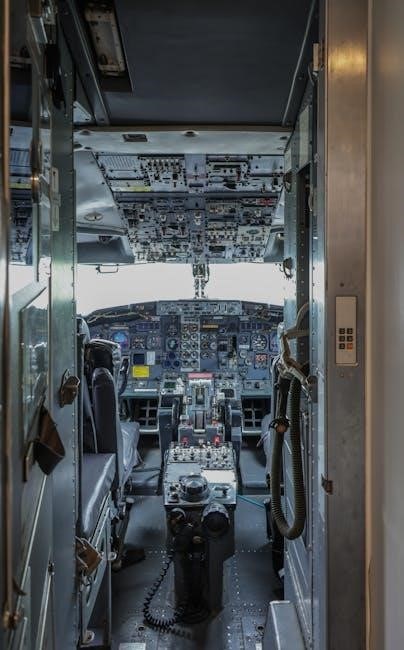
Key Features of the 2012 Honda Pilot
The 2012 Honda Pilot offers a powerful V6 engine, 8-passenger seating, and versatile cargo space; It features a smooth automatic transmission, excellent fuel economy, and strong towing capacity. With its durable design, advanced safety features, and spacious interior, the Pilot is ideal for families and outdoor enthusiasts. Its reliability and robust performance make it a top choice for both daily commutes and off-road adventures.
2.1 Engine Specifications
The 2012 Honda Pilot is equipped with a powerful 3.5-liter V6 engine, delivering 250 horsepower at 5,700 RPM and 253 lb-ft of torque at 4,800 RPM. Featuring a SOHC (Single Overhead Camshaft) design with i-VTEC technology, the engine ensures smooth performance and efficiency. The Variable Cylinder Management (VCM) system enhances fuel economy by deactivating cylinders during low-load driving conditions. This engine is paired with a 5-speed automatic transmission, providing seamless power delivery. With its robust design and advanced technologies, the Pilot’s engine is capable of towing up to 4,500 pounds, making it suitable for both daily driving and outdoor adventures. The engine’s reliability and durability are further supported by Honda’s reputation for quality engineering.
2.2 Transmission and Performance
The 2012 Honda Pilot features a smooth and responsive 5-speed automatic transmission, designed to optimize both fuel efficiency and performance. The transmission includes a lock-up torque converter and Grade Logic Control, which helps maintain the optimal gear during uphill or downhill driving. This system ensures stable acceleration and reduced shifting frequency, enhancing the overall driving experience. The Pilot’s performance is further enhanced by its Variable Power Steering, which adjusts steering effort based on speed for improved maneuverability. With a maximum towing capacity of up to 4,500 pounds, the Pilot is well-suited for both daily commuting and outdoor adventures. Its balanced power delivery and refined transmission make it a versatile choice for various driving conditions.
2.3 Safety and Technology Features
The 2012 Honda Pilot is equipped with advanced safety and technology features to ensure a secure and convenient driving experience. It features the ACE (Advanced Compatibility Engineering) body structure, which enhances collision protection, and a comprehensive airbag system, including dual-row side curtain airbags. The Pilot also includes technologies like Bluetooth HandsFreeLink for seamless phone connectivity and a multi-information display for vehicle status updates. The Vehicle Stability Assist (VSA) system improves traction and stability, while the rearview camera provides enhanced visibility during parking maneuvers. These features combine to create a safe, modern, and user-friendly SUV designed for both on-road comfort and off-road capability, making the 2012 Honda Pilot a reliable choice for families and adventurers alike.

Maintenance Schedule
Regular oil changes, tire rotations, and brake inspections are essential. Follow the manual’s guidelines for optimal performance and longevity of your 2012 Honda Pilot.
3.1 Recommended Service Intervals
The 2012 Honda Pilot manual outlines specific service intervals to ensure the vehicle runs efficiently and reliably. Oil changes are recommended every 5,000 to 7,500 miles, depending on driving conditions; Tire rotations should be performed every 6,000 to 8,000 miles to maintain even tread wear. The air filter should be inspected and replaced every 15,000 to 30,000 miles, while the engine air filter may need more frequent attention. Belt replacements, such as the serpentine belt, are typically scheduled around 50,000 to 90,000 miles. Fluid checks and brake inspections should be done annually or every 12,000 to 15,000 miles. Adhering to these intervals helps prevent mechanical issues and ensures optimal performance.
3.2 DIY Maintenance Tips
Regular DIY maintenance can help extend the life of your 2012 Honda Pilot. Start with oil changes using the recommended 5W-20 synthetic oil and genuine Honda oil filters. Check and maintain proper tire pressure, as specified in the manual, to improve fuel efficiency and handling. Inspect and replace the engine air filter every 15,000 to 30,000 miles to ensure optimal performance. Additionally, check coolant levels and top them off if necessary, using a 50/50 mix of antifreeze and distilled water. Replace windshield wipers every 6 to 12 months for clear visibility. Always refer to the manual for specific guidelines and safety precautions. These simple tasks can save time and money while keeping your Pilot running smoothly. Regular DIY checks can also help identify potential issues before they become major problems.
3.3 Cooling System Maintenance
Proper cooling system maintenance is crucial for the 2012 Honda Pilot to prevent overheating and engine damage. Start by checking the coolant level regularly, ensuring it reaches the recommended level in the reservoir. Use a 50/50 mix of antifreeze and distilled water, as specified in the manual. Inspect the radiator, hoses, and water pump for leaks or damage. Replace the coolant every 30,000 to 50,000 miles to maintain its corrosion-preventing properties. Additionally, clean debris from the radiator grille and condenser to improve airflow. Always allow the engine to cool before opening the radiator cap to avoid injury. Refer to the manual for specific cooling system guidelines and safety precautions to ensure optimal performance and longevity of your vehicle.

Repair and Troubleshooting
The 2012 Honda Pilot manual provides detailed repair procedures and diagnostic tips. Common tools and reference materials help identify and fix issues efficiently. Always consult the manual for precise instructions.
4.1 Common Issues and Solutions
The 2012 Honda Pilot may experience issues like oil leaks, air conditioning malfunctions, or transmission slipping. Regular inspection of gaskets and seals can prevent oil leaks. For AC problems, check refrigerant levels and ensure proper compressor function. Transmission issues often require fluid checks or filter replacements. Electrical glitches, such as faulty sensors, may trigger warning lights. Consulting the manual ensures accurate diagnoses. DIY fixes, like replacing air filters or spark plugs, can resolve minor problems. For complex issues, professional assistance is recommended to avoid further damage. Preventative maintenance, as outlined in the manual, helps reduce repair needs and keeps the vehicle running smoothly. Always refer to the manual for step-by-step solutions tailored to the Pilot’s specifications.
4.2 Engine Repair Guidelines
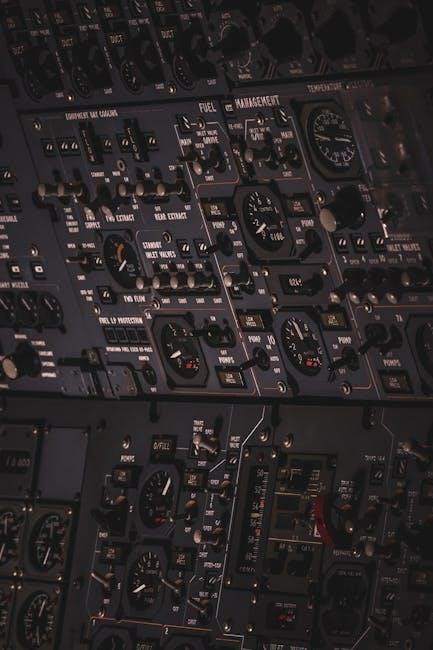
Repairing the engine of the 2012 Honda Pilot requires careful adherence to the manual’s guidelines. The 3.5L V6 engine is known for its reliability, but issues like oil leaks or misfires may arise. Always refer to the manual for torque specifications and step-by-step disassembly instructions. When replacing parts, ensure compatibility with the Pilot’s engine. Mechanics should inspect the timing belt and water pump for wear, as these are critical components. Cylinder head replacement may be necessary in cases of overheating damage. Proper tools, such as a torque wrench and socket set, are essential. DIY repairs are possible for minor issues, but complex tasks like engine rebuilding should be handled by professionals. Always follow safety protocols, such as disconnecting the battery, to avoid accidents. Use genuine Honda parts for optimal performance and longevity;
4.3 Transmission Repair Overview
The 2012 Honda Pilot features a 5-speed automatic transmission, which is durable but may require attention over time. Common issues include fluid leaks, slipping gears, or solenoid malfunctions. Repairs should start with a thorough inspection of the transmission pan and fluid level. Low transmission fluid is often the root of many problems. If slipping occurs, the torque converter or clutch packs may need replacement. Solenoid issues can usually be diagnosed with a code reader. Major repairs, such as rebuilding or replacing the transmission, are complex and typically require a professional. Always use Honda-approved transmission fluid and genuine parts for optimal performance. DIY repairs are possible for minor leaks or fluid changes, but critical internal components should be handled by a certified mechanic to avoid further damage.

Electrical System
The 2012 Honda Pilot’s electrical system powers essential components like lights, wipers, and infotainment. Regular checks ensure proper function, while fuses protect against overloads. A dead battery or faulty alternator can cause system failures, often signaled by flickering lights or accessory malfunctions. Diagnostics may require a multimeter to trace wiring issues or identify short circuits. Proper grounding and connections are crucial for reliable operation. Always refer to the wiring diagram for accurate repairs and use genuine parts to maintain system integrity. Professional assistance is recommended for complex electrical faults to avoid further damage or safety hazards.
5.1 Wiring Diagrams
The 2012 Honda Pilot’s wiring diagrams are essential for diagnosing and repairing electrical system issues. These detailed schematics illustrate the vehicle’s complex network of circuits and connections. Available in the official service manual or online, they provide a visual guide to trace wiring paths, identify components, and locate potential faults. Each diagram is color-coded and labeled for clarity, helping technicians or DIYers pinpoint issues like blown fuses or short circuits. By referencing these diagrams, users can ensure accurate repairs and avoid damaging sensitive electronics. They also serve as a roadmap for installing aftermarket accessories correctly. Always use official Honda diagrams to guarantee accuracy and safety when working on the electrical system.
5.2 Electrical System Diagnostics

Diagnosing electrical system issues in the 2012 Honda Pilot requires a systematic approach. Start by identifying symptoms like dimming lights, malfunctioning accessories, or error codes on the dashboard. Use tools such as a multimeter and scan tools to detect faults in the system. Always refer to the wiring diagrams for accurate circuit identification. Common issues include loose or corroded connectors, blown fuses, or faulty sensors. Use the scan tool to retrieve trouble codes from the ECU, which provide specific details about the problem. Perform voltage and continuity tests to isolate faulty components. If unsure, consult the official manual or a certified technician to avoid further damage. Regular diagnostics help maintain the vehicle’s electrical health and prevent unexpected failures.
5.3 Resetting the Electrical System
Resetting the electrical system of the 2012 Honda Pilot is essential after repairs or when experiencing system malfunctions. Start by disconnecting the negative battery terminal to power down all systems. Wait for 10 minutes to allow capacitors to discharge. Reconnect the battery and turn the ignition to the “ON” position without starting the engine. This resets most electronic components. For issues like the ECU or ABS, use a scan tool to clear codes and reset the system. If problems persist, check fuses and relays for damage. Resetting the electrical system helps restore proper functionality to features like the radio, navigation, and electronic accessories. Always consult the manual for specific reset procedures, as improper methods can cause further issues.
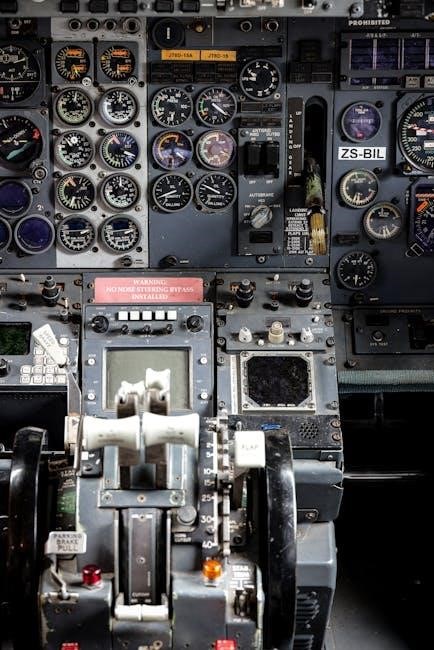
Brake System
The 2012 Honda Pilot features a reliable brake system with front and rear disc brakes, ensuring safe and consistent stopping performance under various driving conditions.
6.1 Brake Inspection and Replacement
Regular inspection of the brake system is essential for ensuring safety and performance. The 2012 Honda Pilot manual recommends checking brake pads, rotors, and brake fluid levels at least every 12,000 miles. Inspect for wear on pads, warping of rotors, and signs of fluid leakage. Replace pads when worn to 1/8 inch or less. Rotors may need resurfacing or replacement if excessively warped. Brake fluid should be changed every 30,000 miles to maintain hydraulic system integrity. Always use genuine Honda parts for replacements to ensure compatibility and reliability. If unsure, consult a certified mechanic for professional assistance.
Remember to bleed the brake system after any fluid replacement to eliminate air bubbles, which can compromise braking efficiency.
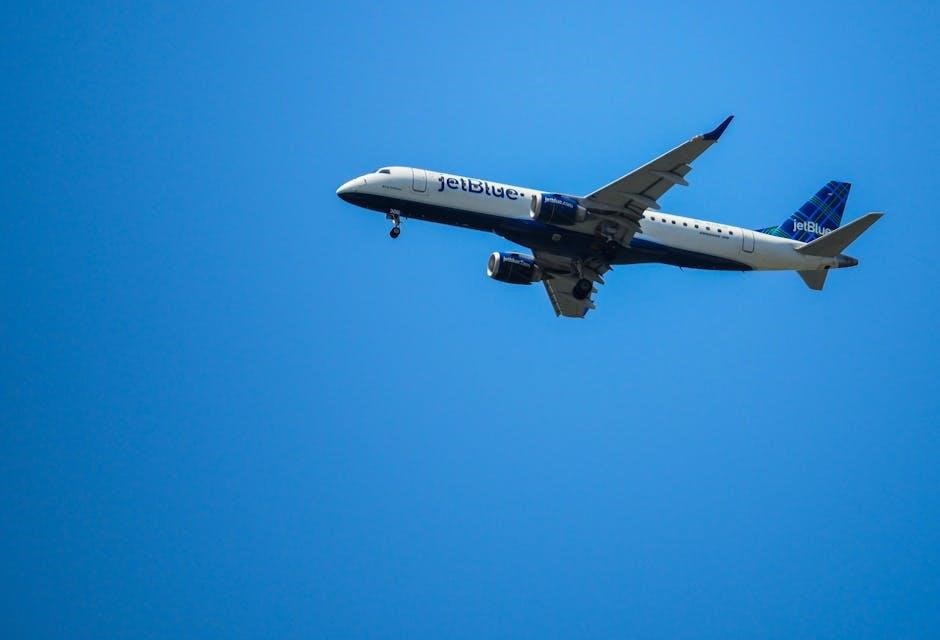
6.2 ABS System Overview
The 2012 Honda Pilot features an advanced Anti-lock Braking System (ABS) designed to enhance safety during sudden stops. The ABS prevents wheel lock-up by rapidly pulsing the brakes, maintaining traction and control. This system is especially effective on slippery or uneven surfaces. Integrated with electronic stability control, it ensures balanced braking force distribution. The ABS is monitored by sensors that detect wheel speed and deceleration, activating the control module to adjust braking pressure. If the ABS warning light illuminates, it indicates a system malfunction, requiring immediate attention. Regular inspection of ABS components, like sensors and wiring, is crucial for optimal performance.
This system is vital for safe and reliable braking under all driving conditions.
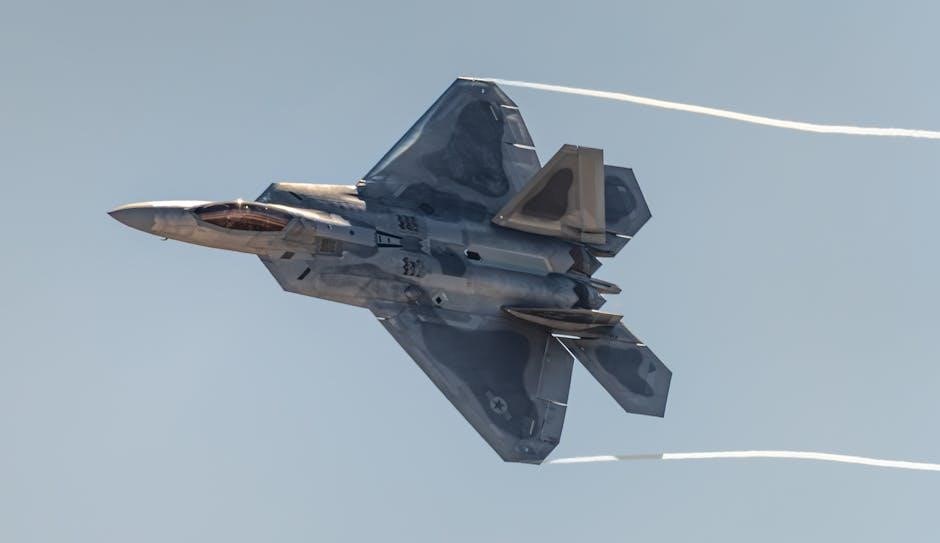
Resources and Support
The 2012 Honda Pilot manual provides access to official service guides, online forums, and additional repair materials for comprehensive support and maintenance.
7.1 Official Honda Service Manuals
The official Honda service manuals for the 2012 Pilot are comprehensive guides provided directly by Honda. These manuals are designed to assist both DIY enthusiasts and professional mechanics with detailed instructions for maintenance, repairs, and troubleshooting. They include technical specifications, wiring diagrams, and parts catalogs, ensuring accurate and reliable information. The manuals cover everything from routine oil changes to complex engine overhauls, making them indispensable for anyone working on the vehicle. Owners can access these manuals through authorized Honda dealerships or by downloading them from Honda’s official website. They are a valuable resource for maintaining the performance and longevity of the 2012 Honda Pilot.
7.2 Online Forums and Communities
Online forums and communities are invaluable resources for 2012 Honda Pilot owners seeking advice, troubleshooting, or sharing experiences; Platforms like Honda Pilot forums, Reddit’s r/HondaPilot, and Facebook groups dedicated to Honda enthusiasts provide a space for owners to discuss maintenance, modifications, and repairs. These communities often feature real-world insights, DIY guides, and solutions to common issues, offering a wealth of knowledge from experienced owners and mechanics. Additionally, these forums allow users to ask specific questions and receive tailored advice, making them a cost-effective and accessible way to address concerns or learn new tips for optimizing the performance and longevity of the vehicle.
7.3 Additional Repair Guides and Materials
Beyond the official manual, there are numerous additional repair guides and materials available for the 2012 Honda Pilot. These include third-party repair manuals, which often provide detailed, step-by-step instructions for common repairs and upgrades. Video tutorials on platforms like YouTube can also offer visual guidance for DIY projects. Technical Service Bulletins (TSBs) issued by Honda provide insights into addressing specific issues. Additionally, specialized tools recommended for Honda repairs, such as OBD-II scanners or torque wrenches, can be invaluable. Printable diagrams and charts from aftermarket sources can further assist in understanding complex systems. These resources collectively empower owners to tackle repairs with confidence, ensuring their vehicle remains in optimal condition.
